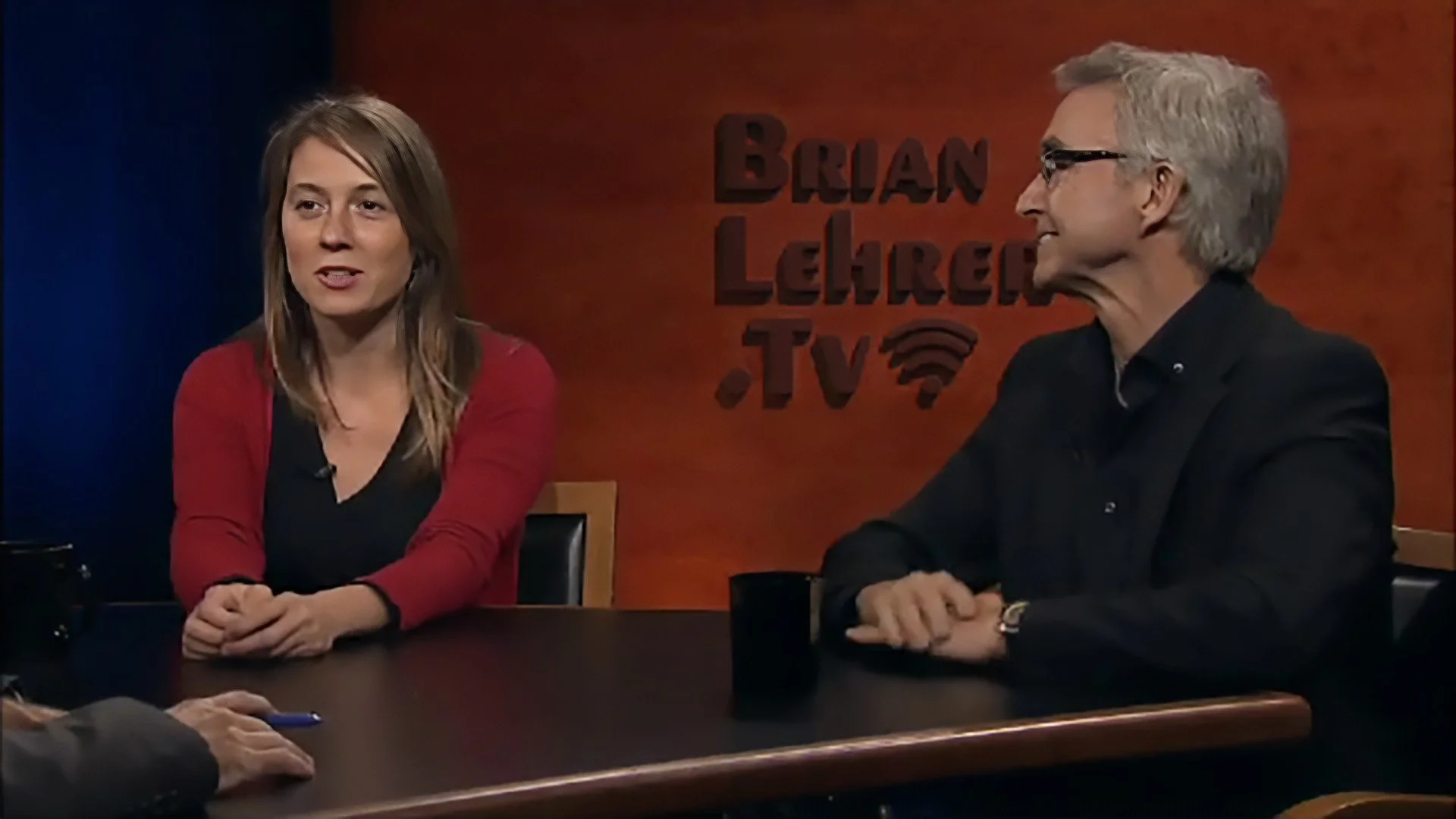P R E S S
Interview from The Atlantic :
The feature documentary This Space Available began as a discussion between a corporate branding guru, Marc Gobé, and his daughter, Gwenaëlle Gobé, a filmmaker who is passionately against advertising in public space. The debate blossomed into three-year investigation of outdoor advertising and its effect on communities, from São Paulo to Toronto, and what activists, street artists, and cities are doing to stop it.
[…]
The Atlantic: What inspired you to document this topic?
Gwenaëlle Gobé: Well, I come from a very opinionated family. Marketing and the international promotion of brands were definitively a hot topic at the dinner table, since my dad, Marc, has developed the branding for huge companies around the world. I feel he has a post-WWII, rosy view of brands saving the world from destruction and decay. He still sees corporations with a “Helvetica” innocence of neutrality and righteousness. He would say, “Look at the all the colors, the emotions, and social change they are involved in.”
Obviously I strongly disagree; I feel brands infiltrate our space, our privacy and our health without asking permission. Everywhere we go we are treated as potential consumers. There needs to be a place for everything, and we, as a culture, as individuals, are many other things besides consumers. It’s important to create and maintain public and private spaces that respect the citizen. Things are a bit out of control in Los Angeles; when I go for a walk sometimes I think, there is a virtual pick-pocketing going on.
Marc wanted to make videos for his website about the future of branding. He’s considered an international branding guru, has written many books on the subject, and thought it would be fun to make videos about his favorite topic. He read in the newspaper that the city of São Paulo had passed a law to take down all billboards. He was shocked. I was thrilled. He asked me if I could make the short film on the subject.
The film started a three-year debate on the topic, resulting in a groundbreaking transformation: we finally agreed on something.
Marc and Gwenaëlle on Brian Lehrer Live :
Podcast interview on NPR Marketplace :
Jeremy Hobson: Take a look around you today, and see how many billboards you can spot. You’ll probably lose count pretty quick, because they are everywhere.
Well a new documentary that’s premiering today at the Doc NYC Festival here in New York, explores just how fast billboard advertising has taken over public space.
It’s called “This Space Available,” and we’re joined now by the director, Gwenaëlle Gobé. Good morning.
Gwenaëlle Gobé: Good morning, Jeremy.
Hobson: Well let’s focus on the specifics. I drive by a famous building in Los Angeles all the time, it’s on the corner of Wilshire and La Brea; it’s an old building and it’s got a big lit-up Samsung billboard on the top. What is wrong with that in principle?
Gobé: There’s nothing wrong with buying and selling. But there is something wrong when wherever you go, whatever you do, you are treated as a consumer. There are places where that is appropriate, and there are places where that’s not. There’s a problem when students from a class don’t recognize the trees that are in their neighborhoods, but if you show them an alphabet with just one letter picked out from logos, they will recognize every single brand.
From WWD :
…[This Space Available] charts a range of struggles against unauthorized outdoor advertising including illegal venues around the world that are impacting the environment. In the film, Gobé asks why brands continue to ally themselves with an industry that “cuts down trees, hogs energy, and spends its profits in courts and statehouse lobbies, while younger consumers push for improved corporate citizenship.”
Gobé directed the film in eight countries on five continents with her father, Marc Gobé, the branding guru and author of “Emotional Branding,” who served as the film’s executive producer. Her inspiration was gleaned from her father’s writings, which she described as “bringing energy and urgency to stories of people around the world fighting to reclaim their public spaces from visual pollution.”
Interviews for the duo’s first film project kicked off in 2008 in São Paulo, where a “clean city law” was passed by residents, business owners and tourism officials to rid the city of thousands of billboards that lined blocks, parks and roadways. The move is not without precedent. Houston’s 1980 billboard ban was also a deliberate tactic to improve its flagging image, economic competitiveness and quality of life.
“The cities started making money again because tourists started coming back and people advertised in other areas like local magazines and newspapers,” said Gwenaëlle Gobé.
An interesting sidebar to the film is the father-daughter collaboration that offers a generational analysis from Gwenaëlle Gobé’s Gen-Y perspective, which she describes as the generation that’s “left to clean up the mess caused by Baby Boomers and their consumption-based culture,” and Marc Gobé, a Baby Boomer who works with marketers on how to communicate a brand’s DNA.
[…]

